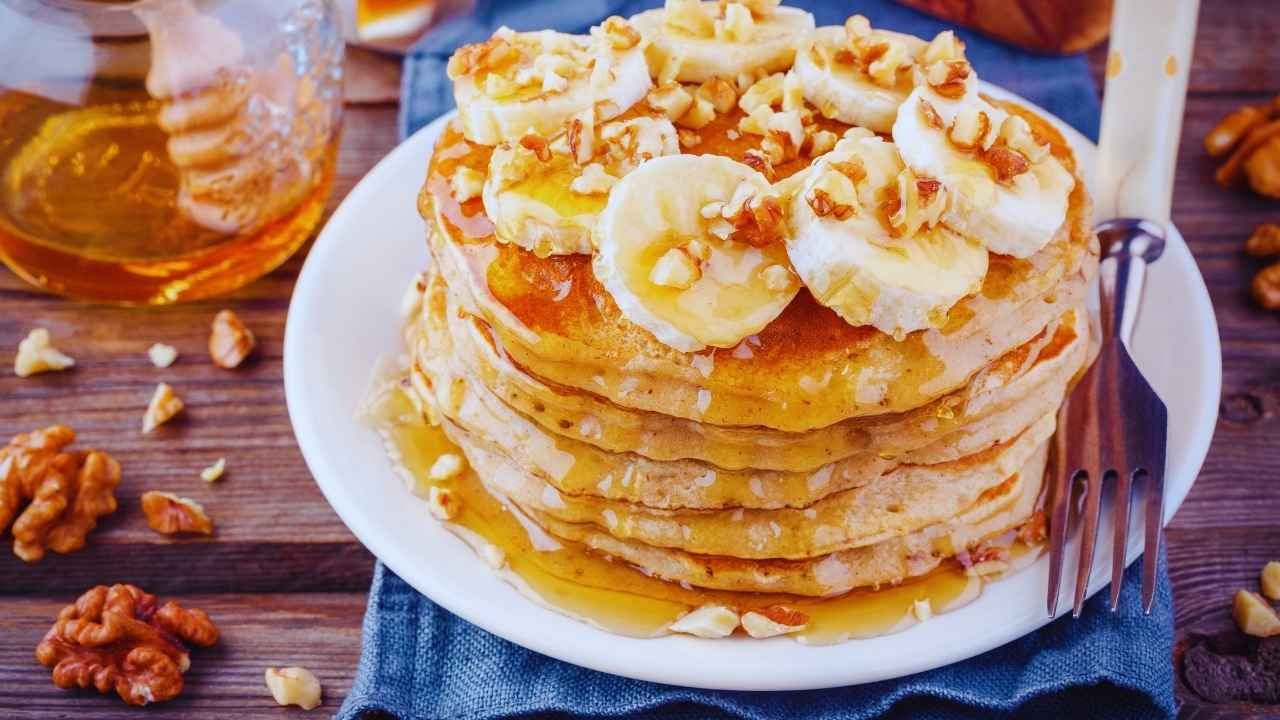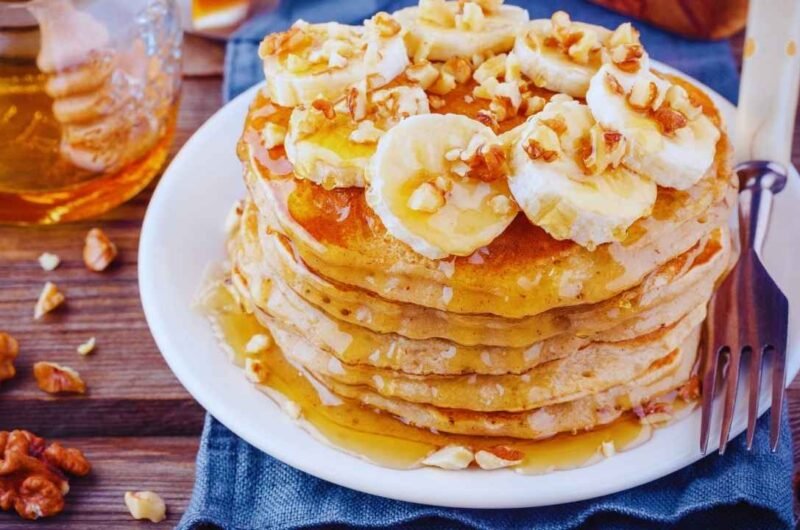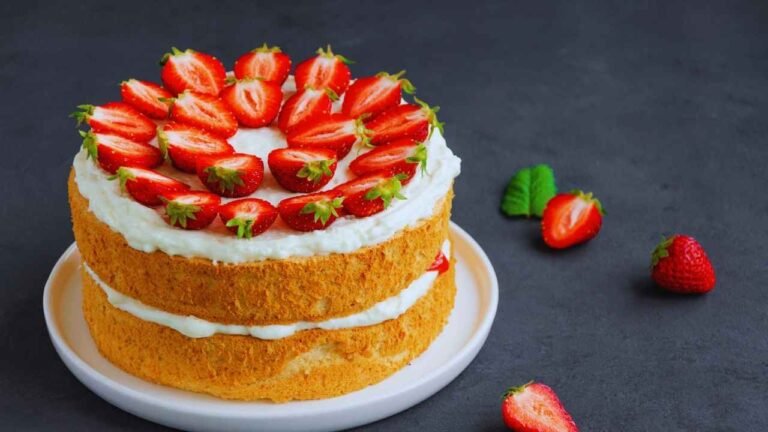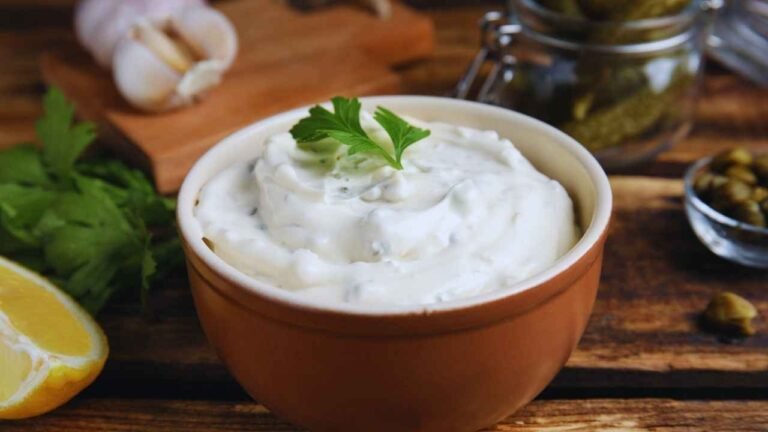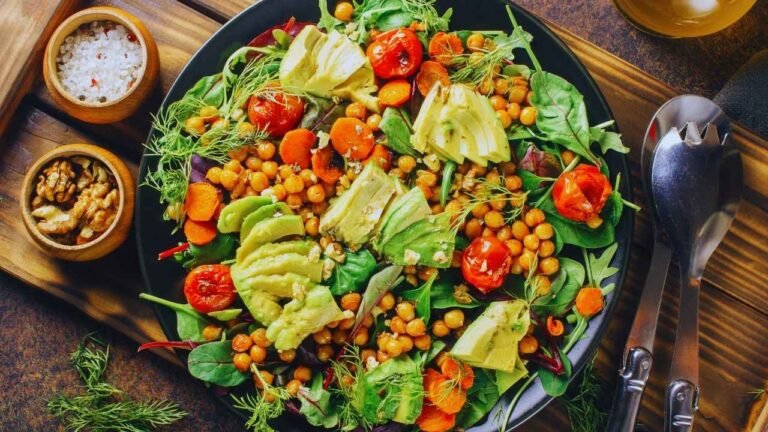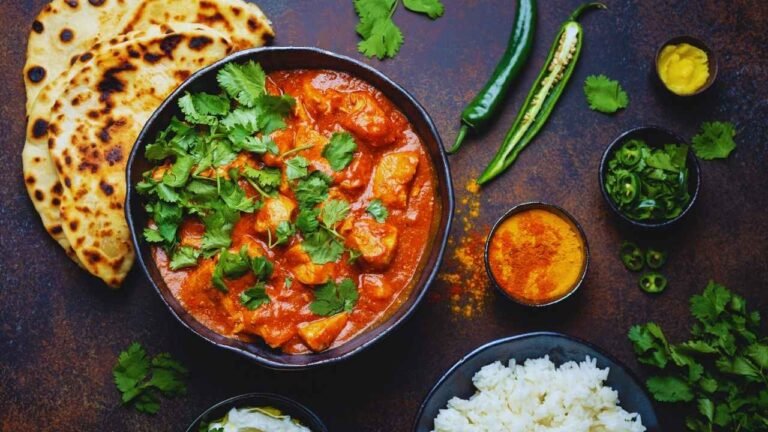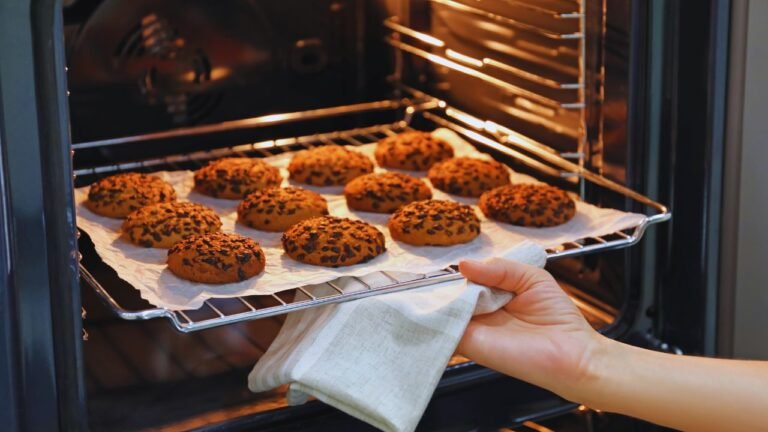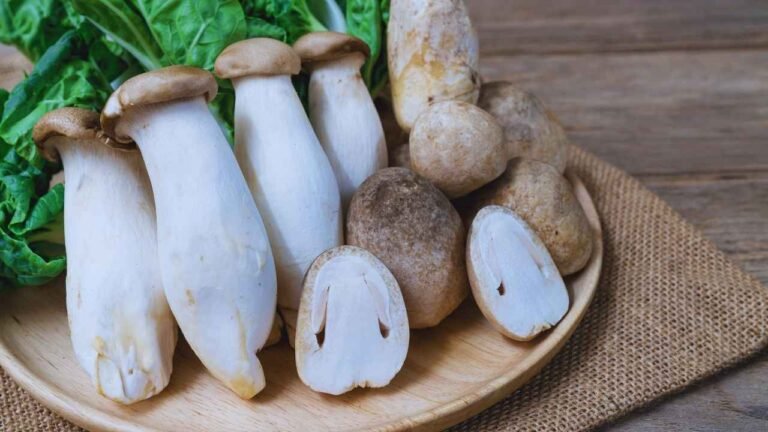How to Make the Best Vegan Pancake Recipe: A Step-by-Step Guide
Vegan pancakes have become a breakfast favorite that both plant-based eaters and traditional food lovers enjoy. The recipe creates light, fluffy pancakes that match traditional ones in taste and texture. You can make these delicious breakfast treats with simple pantry ingredients and cooking techniques.
Our detailed guide shows you the steps to make perfect vegan pancakes. You’ll learn about key ingredients like baking powder and master the proper mixing methods and cooking techniques. The guide has helpful tips to achieve ideal consistency and suggests great toppings and storage methods for the best results.
Gathering Your Vegan Pancake Ingredients
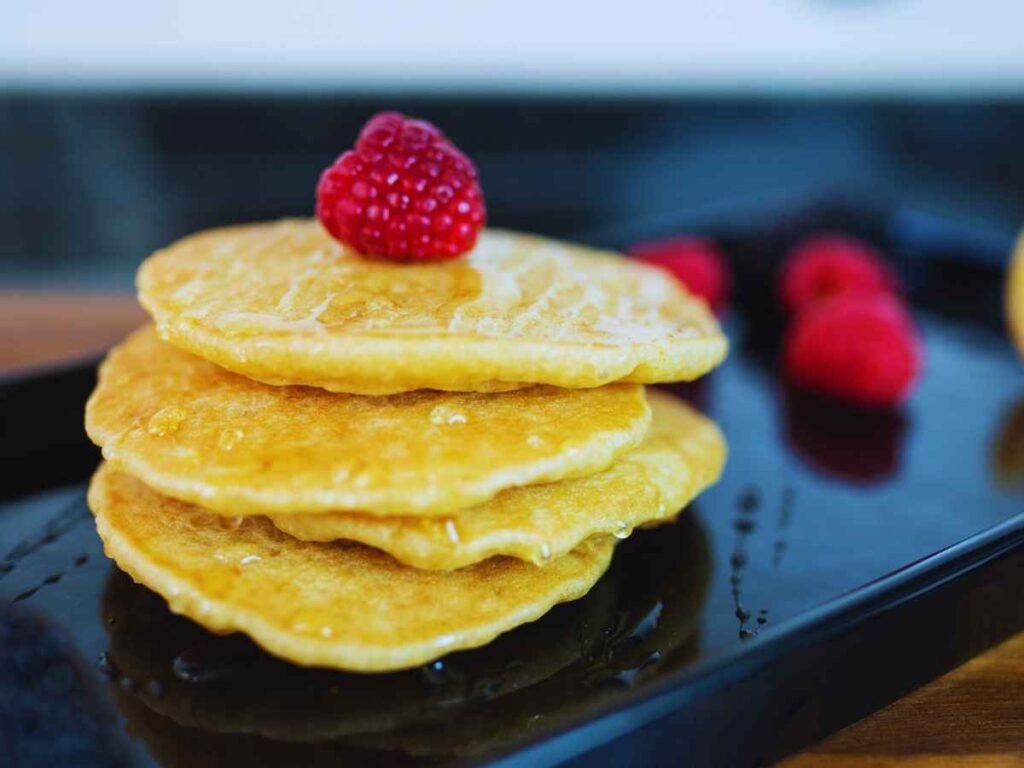
The perfect vegan pancake recipe begins with the right ingredients. Knowledge of each ingredient’s purpose creates fluffy texture and delicious taste. These qualities make this breakfast favorite truly special.
Dry ingredients
Good vegan pancakes start with the right dry ingredients. All-purpose flour builds the basic structure that creates perfect pancake texture. Whole wheat flour or gluten-free flour blends work well as alternatives. Baking powder plays a significant role in making fluffy pancakes, and you’ll need about 1-2 teaspoons per cup of flour. A small amount of sugar (2-3 tablespoons) browns the pancakes nicely and adds a subtle sweetness. A pinch of salt makes all the flavors pop.
Wet ingredients
Wet ingredients create that perfect pancake consistency and bring all components together. Non-dairy milk serves as the main liquid base. Soy milk stands out as a great choice because its higher fat content helps achieve better texture. You can also use almond, oat, or coconut milk. The recipe needs an acidic component to create a vegan buttermilk substitute. A tablespoon of apple cider vinegar or fresh lemon juice mixed with each cup of milk does the trick. Adding oil or vegan butter (2-3 tablespoons) gives the pancakes their rich texture and prevents them from sticking to the pan. Coconut oil or olive oil work well as substitutes.
Optional add-ins
You can turn a simple vegan pancake recipe into something special with the right add-ins. These popular options work especially when you have:
- Fresh fruits: Blueberries, sliced bananas, or diced apples
- Sweet additions: Vegan chocolate chips, coconut flakes, or crushed nuts
- Flavor enhancers: Vanilla extract, ground cinnamon, or nutmeg
Your pancakes will turn out better if you sprinkle add-ins like chocolate chips or blueberries directly onto each pancake while it cooks instead of mixing them into the batter. This method will give a more even distribution and stops the batter from becoming too dense.
Room temperature ingredients are the secret to amazing vegan pancakes. Your non-dairy milk and any oil or butter should be at room temperature before you start. This creates a smoother batter and helps the pancakes cook evenly.
Preparing the Vegan Pancake Batter
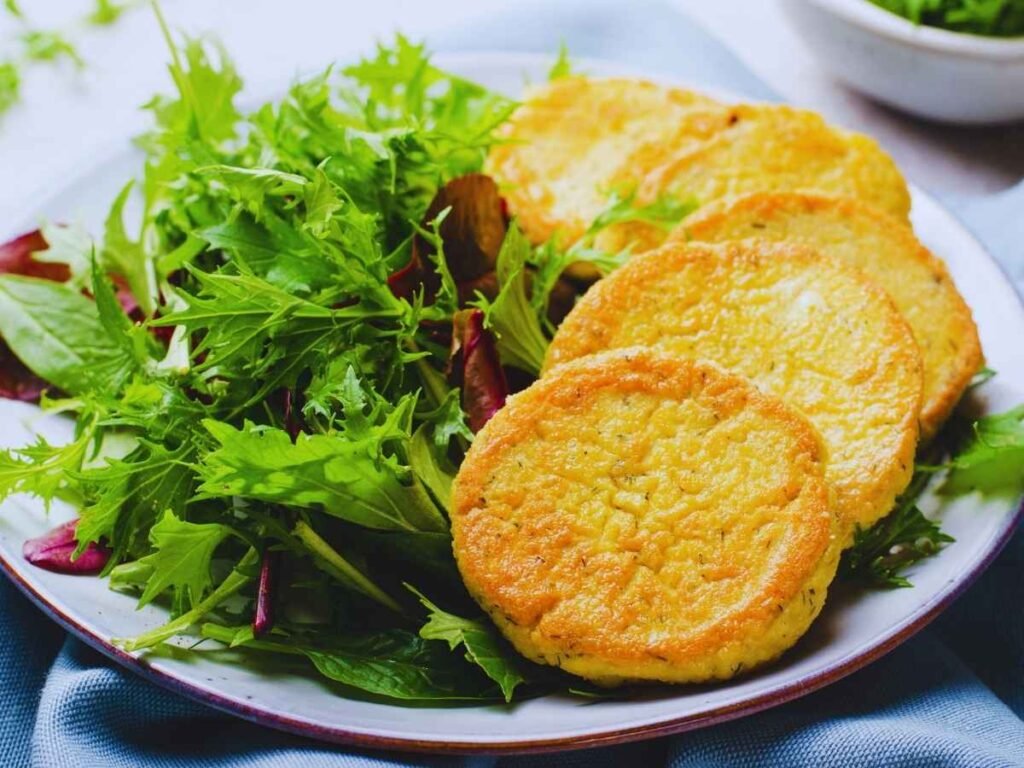
Perfect vegan pancakes depend on proper batter preparation. Mastering the right mixing techniques and understanding each step’s science will give a consistently fluffy result. These pancakes turn out great when you know the fundamentals.
Mixing dry ingredients
Start this easy vegan pancake recipe by combining the dry ingredients properly. Take a large mixing bowl to sift the flour and baking powder together. This significant step ensures even distribution and prevents lumps that could affect the pancake texture. The sugar and salt should be whisked into the mixture until everything combines well. The sifting process adds air to the dry ingredients and makes the pancakes extra fluffy.
Creating vegan buttermilk
Vegan buttermilk is crucial to this recipe. It adds moisture and creates the perfect acidic environment needed for leavening. Here’s how to make this key ingredient:
- Pour the chosen plant-based milk into a mixing bowl
- Add apple cider vinegar or lemon juice (1 tablespoon per cup of milk)
- Stir gently and let the mixture rest for 5-10 minutes
- Watch as it slightly thickens and curdles
Soy milk works best because its high protein content produces the thickest buttermilk. The interaction between the acid and plant milk creates a tender texture that makes these pancakes exceptional.
Combining wet and dry ingredients
The perfect pancake texture depends on the final mixing stage. Here’s everything in combining the ingredients:
- Pour the prepared vegan buttermilk mixture over the dry ingredients
- Add the melted vegan butter and vanilla extract
- Use a wooden spoon or spatula to fold the ingredients together
- Mix until just combined – small lumps work fine
Important Mixing Tips:Light and fluffy vegan pancakes need minimal mixing. The batter’s gluten develops when flour meets liquid and gets stirred. Too much gluten makes pancakes dense and chewy instead of light and fluffy. You should stop mixing once the dry flour disappears, even if your batter looks lumpy.
The batter needs a 5-minute rest after mixing. This rest period serves two vital purposes. The baking powder activates to create bubbles that make fluffy pancakes. Any remaining lumps dissolve on their own. You’ll notice the batter’s surface becoming bubbly – don’t stir again since these bubbles are significant to achieve the perfect texture.
Your batter should be thick but easy to pour. Add plant milk one tablespoon at a time if it’s too thick. If it seems runny, let it rest a few more minutes since the batter thickens naturally during this time.
Cooking Perfect Vegan Pancakes
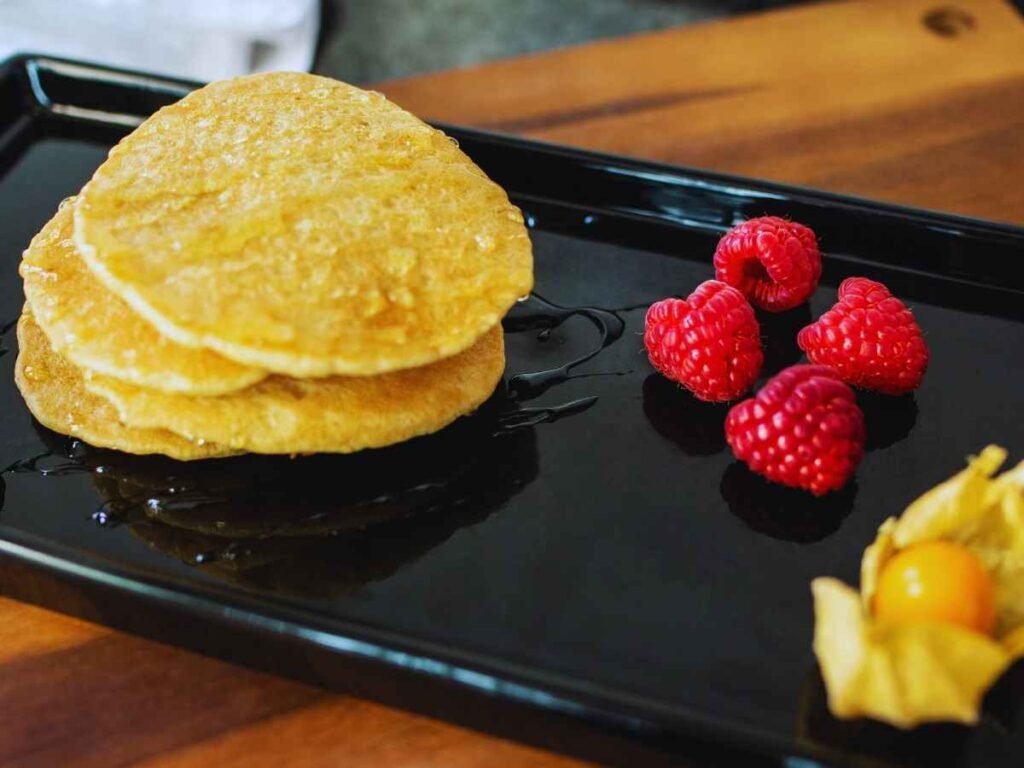
The right cooking technique turns a good vegan pancake recipe into an amazing breakfast. Restaurant-quality results are possible at home when you have proper equipment and technique.
Preheating the pan
The right cooking surface and proper preheating are vital for perfect vegan pancakes. Your pan’s quality makes a big difference in how the pancakes turn out. Here’s what you need:
- A heavy non-stick pan or griddle (cast iron works well)
- A wide spatula to flip easily
- An even heating surface
- A temperature-controlled cooking area
Temperature control is a key factor. You should set the heat to medium-low and let the pan heat up fully before you start. The pan’s surface is ready when a water droplet sizzles gently. Vegan pancakes need lower temperatures because they take more time to set and become fluffy without eggs in the mix.
Pouring and cooking the batter
Perfect vegan pancakes depend on your pouring technique and patience while cooking. Each pancake needs ¼ to ½ cup of batter, based on your preferred size. Vegan pancake batter’s thicker texture might need a gentle spread with a spoon’s back to create the right shape.
Your first pancake will take longer to cook, about 5-6 minutes on the first side. Watch for these important visual cues:
- Bubbles forming across the entire surface
- Edges beginning to dry out
- Slight browning around the bottom edge
Don’t rush to turn up the heat. A medium-low temperature will give you a fluffy inside and a perfect golden-brown exterior. Many cooks add a small oil swirl around the pancake’s edges after pouring the batter to create extra-crispy edges.
Flipping techniques
The right flipping technique will give you perfectly cooked vegan pancakes. Here’s how to get the best results:
- Wait for bubbles to appear on the entire surface
- Look for popping bubbles, especially around the edges
- The edges should look slightly dry and set
- Slide a wide spatula completely under the pancake
- Lift and flip with one confident motion
Important flipping tips: Your pancakes need just one flip – more flips will make them less fluffy and brown unevenly. The second side needs 2-2½ minutes to cook until golden brown. You’ll notice the second side cooks faster than the first.
The temperature should stay consistent while cooking. You might need to turn the heat down slightly after the first few pancakes because the pan gets hotter over time. Each pancake usually takes 4-5 minutes total, depending on its size and thickness.
Vegan pancakes take longer to cook than regular ones since they don’t contain eggs. This extra cooking time helps create a perfectly fluffy interior and a beautiful golden exterior. Your patience during cooking pays off with light and airy results that taste just as good as any traditional pancake.
Serving and Topping Your Vegan Pancakes
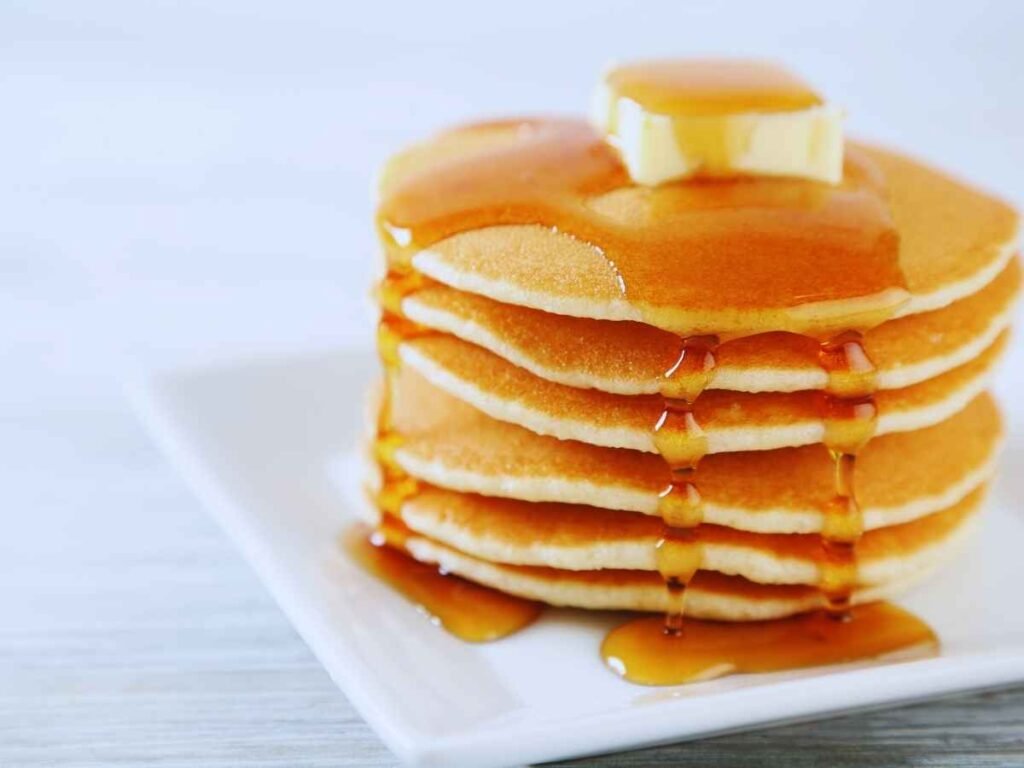
Serving vegan pancakes requires more than just cooking skills – it turns a simple breakfast into a memorable culinary experience. These plant-based delights taste amazing with the right combination of toppings. You can enjoy them fresh or store them properly to savor later.
Classic toppings
These vegan pancakes work great with traditional toppings. Pure maple syrup is the perfect choice that balances sweetness and lets the pancakes’ natural flavors shine through. You can lift your pancake experience by warming the syrup before serving. Vegan butter paired with agave syrup is a delicious alternative that creates a rich, buttery finish as it melts into the warm pancakes.
Creative classic combinations that work really well include:
- Hazelnut chocolate spread with sliced bananas
- Berry compote with coconut yogurt
- Peanut butter with maple syrup
- Caramelized bananas with chopped nuts
- Apple and cinnamon compote
Healthy topping ideas
Vegan pancakes create endless possibilities to add nutritious toppings. Fresh fruits add natural sweetness with essential vitamins and fiber. Nut butters pack protein and healthy fats that make these pancakes filling and nutritionally complete.
These easy vegan pancakes become a balanced meal with toppings like:
- Fresh berries topped with a dollop of plant-based yogurt
- Almond or cashew butter paired with sliced apples
- Tahini drizzle combined with rosehip syrup
- Chia jam that adds omega-3 fatty acids
- Seeds and nuts to boost protein and add crunch
Storage and reheating tips
These vegan pancakes will stay fresh and tasty with proper storage. Here’s how to keep them in the fridge:
- Let pancakes cool down to room temperature
- Put parchment paper between layers so they don’t stick
- Place them in an airtight container or wrap in foil
- They’ll stay good in the fridge for 5-7 days
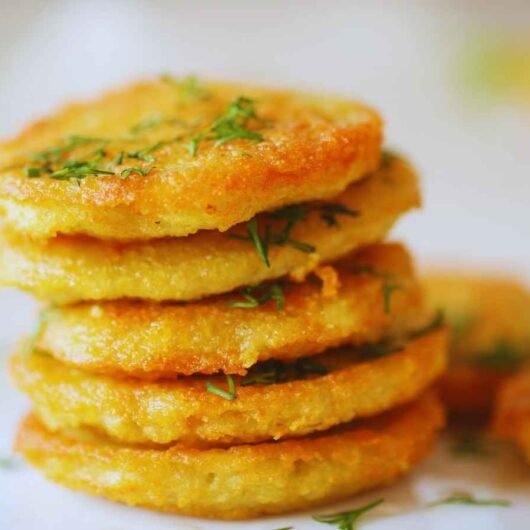
You can also freeze them to make them last longer. Freeze pancakes by placing parchment paper between them and storing them in a freezer-safe bag. They’ll keep well for up to three months in the freezer.
The toaster method gives you the best results with crispy edges and a soft, fluffy center. Set your toaster on high for refrigerated pancakes. Frozen ones need an extra 30-60 seconds. Test one pancake first since all toasters heat differently.
The oven works great for heating up bigger batches. Heat it to 350°F, put the pancakes on a baking sheet in one layer, cover them with foil, and warm them for about four minutes. The foil helps keep them moist and heats them evenly.
Timing matters when you store these pancakes. They should be at room temperature before going in the fridge. This stops moisture from building up and making them soggy. You don’t need to thaw frozen pancakes before reheating – just adjust your cooking time.
These storage tips help your vegan pancakes taste great whether you eat them right away or reheat them later. You can top them with anything from classic syrup to healthy fruit, making them perfect for different diets and occasions.
How to Make the Best Vegan Pancake Recipe: A Step-by-Step Guide
Course: BreakfastCuisine: AmericanDifficulty: Easy6
servings10
minutes20
minutes200
kcalThese vegan pancakes are light, fluffy, and delicious, made with simple pantry ingredients. They offer the perfect texture and taste without any eggs or dairy, making them a fantastic option for plant-based diets. Serve them with your favorite toppings for a delightful breakfast or brunch.
Ingredients
1 cup all-purpose flour
1-2 tsp baking powder
2-3 tbsp sugar
Pinch of salt
1 cup non-dairy milk
1 tbsp apple cider vinegar
2-3 tbsp oil or melted vegan butter
1 tsp vanilla extract (optional)
Optional: Fresh fruit, chocolate chips, cinnamon
Directions
- Mix non-dairy milk with apple cider vinegar. Let rest for 5-10 minutes to curdle.
- In a bowl, sift flour, baking powder, sugar, and salt together.
- Add wet ingredients (milk mixture, oil, vanilla) to dry ingredients and mix gently until just combined. Let batter rest for 5 minutes.
- Heat a non-stick pan over medium-low heat. Pour batter onto the pan, cook until bubbles form, then flip and cook until golden brown on both sides.
- Serve with toppings like syrup, fresh fruit, or nut butter.
Recipe Video
Notes
- For best results, make sure your wet ingredients (like non-dairy milk and oil) are at room temperature before mixing. Avoid overmixing the batter to prevent dense pancakes. Let the batter rest for 5 minutes to activate the baking powder for fluffier pancakes.
Conclusion
Creating delicious vegan pancakes needs careful attention and the right techniques. The process starts with quality ingredients and ends with perfect cooking methods. A few simple changes can help you make light, fluffy pancakes that taste just as good as traditional ones. Your ingredients should be at room temperature, and you need to mix them properly while watching the cooking temperature.
These pancakes are incredibly versatile. You can add different toppings and store them multiple ways. They work great for lazy weekend mornings or special family brunches. The best part? You can make bigger batches and store them properly to enjoy later. Your pancakes will still taste amazing and keep their perfect texture when you reheat them.
FAQs
What are some recommended vegan pancake and waffle mixes?
There are several vegan pancake and waffle mixes available that you might want to try, including Zen Stax Gourmet Pancake Batter, Ghetto Gastro Pancake & Waffle Mix, Long Table Pancake + Waffle Mix, Bake Me Healthy Oatmeal Pancake & Waffle Mix, Vicky Cakes Pancake & Waffle Mix, Partake Pancake & Waffle Mix, and Annie’s Homegrown Organic Pancake & Waffle Mix.
What ingredients are used in vegan pancakes?
Vegan pancakes typically include whole wheat for the base, non-dairy milk such as almond, oat, or soy milk, and avocado oil to add richness to the batter.
Why do my vegan pancakes turn out gummy?
Vegan pancakes can become gummy if the batter is overmixed or if it isn’t allowed to rest for about 5 minutes before cooking. Following a reliable recipe can also help prevent this issue.

